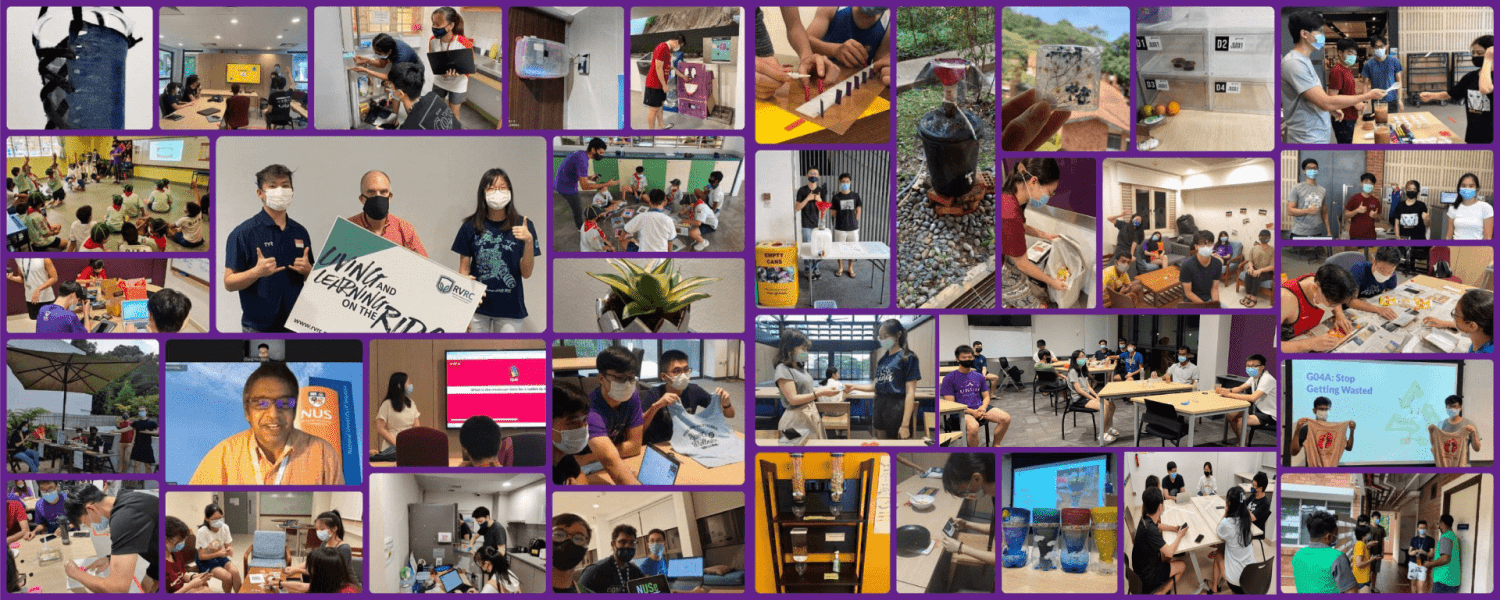Sabrina Tan Jie Ying (SDE), Zheng Zongde (FOE), Hu Han Ling(FOE), Wang Runqi (FOE)
Academic Advisor: Ms. Sadaf Ansari
Liquid soap use has skyrocketed in the APAC market in recent years. Its manufacture and use carries a high environmental footprint, while its plastic packaging directly contributes to increased waste. To mitigate this trend, our project aimed to raise awareness about the negative environmental impacts of liquid soap and promote the use of bar soap as an alternative. We designed an interactive workshop (n=21) with three key objectives: i) enhance knowledge about the detrimental environmental impacts of liquid soap; ii) engage participants in DIY bar soap making; and iii) compare commonly used brands of soaps as liquid and bar versions. We collected data from our workshop participants, and also followed up with them three weeks later to check if there was any change in their choice of soap versions. Our results found 95% of the workshop participants were willing to use and encourage others to use bar soaps, demonstrating a change in their attitude.
